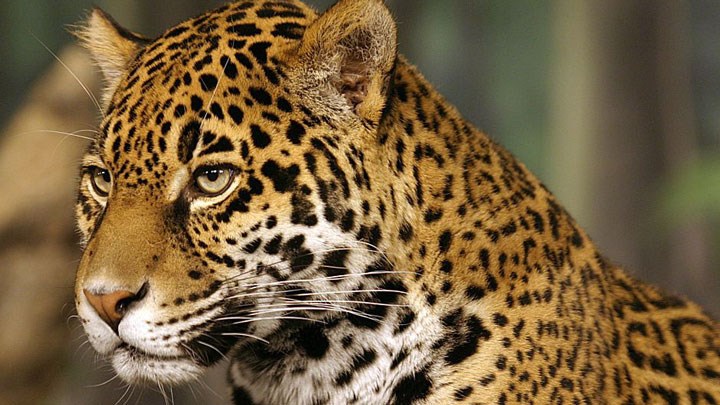
by Karen Mehall Phillips - Thursday, May 20, 2021

U.S. wildlife managers may soon consider reintroducing jaguars to the American Southwest as environmental groups and scientists at two universities hold that habitat destruction, highway construction and portions of the U.S.-Mexico border wall make reestablishment unlikely without human intervention. (The scientists also incorrectly cited hunting as a cause, confusing legal, regulated hunting with illegal poaching for the species’ fur, teeth and bones.)
According to the Detroit News, which picked up the story from an Associated Press report currently making headlines, wildlife biologists published a paper explaining that while jaguar populations exist in 19 countries, the cats, which are listed as endangered under the Endangered Species Act, have lost over half of their historic range spanning from South and Central America into the southwestern United States due to poaching, habitat loss and retaliatory killings by landowners and ranchers who fear jaguars will kill their livestock.
As for the handful of individual male jaguars that have been spotted in Arizona and New Mexico over the past 20 years, they say there is no evidence of breeding pairs establishing territories north of Mexico.
Scientists and several environmental groups cited in the article say that approximately 3,125 square miles of rugged habitat in the central Arizona and New Mexico mountains could support up to 150 jaguars. Primarily comprised of land managed by the federal government, the region offers ample habitat in terms of water, cover and prey, a fact reported by National Geographic in March. Some say a captive breeding program could be developed for the Western Hemisphere’s largest cat as jaguars from existing wild populations are relocated.
U.S. Fish and Wildlife Service (USFWS) biologists have not yet reviewed the study, but one might guess how the idea could face opposition from farmers, ranchers and rural residents who have been addressing increased Mexican gray wolf populations and resulting livestock losses following their introduction two decades ago. Environmentalists say compensation programs could be established for those impacted by jaguars, similar to those that currently compensate ranchers for losses from wolves.
According to the USFWS, in recent years, its International Affairs Program has been at the forefront of supporting jaguar conservation efforts throughout its range, including through programs that provide incentives to protect habitat and education to alleviate fears about jaguars in rural communities. In the past four years, it has supported 23 projects in 10 countries and provided more than $1 million in funding.
As noted in a recovery plan finalized by the USFWS, the article says the southwestern United States represents only one-tenth of 1 percent of the jaguar’s historic range and that the recovery plan does not require reintroductions in the United States. Mexico and Central and South American countries are currently responsible for monitoring jaguar movements, though environmentalists say the U.S. government is overlooking opportunities for recovery north of the U.S-Mexico border. The debate no doubt will continue with no resolution likely anytime soon.
E-mail your comments/questions about this site to:
[email protected]
